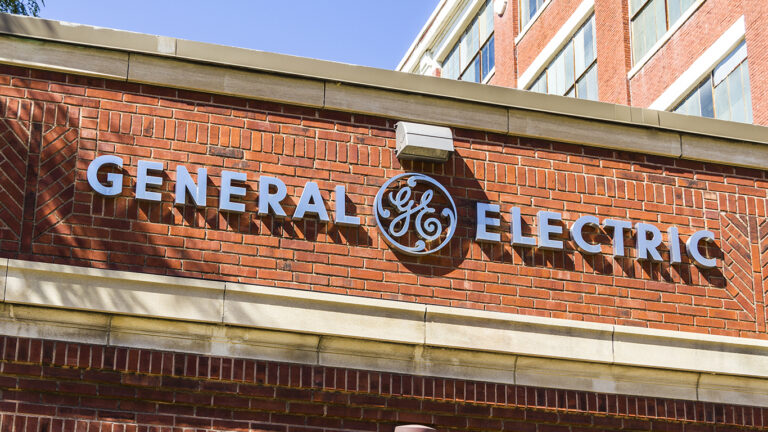The Hoover Dam May Be Useless by 2043

Straddling the Colorado River on the border between Arizona and Nevada, the Hoover Dam is one of the largest hydroelectric plants in the United States. A critical power source for communities across the Southwest, the dam’s 17 turbines generate an average of 4 billion kilowatt-hours of electricity annually, supplying power to as many as 1.3 million Americans in Arizona, California, and Nevada, according to the U.S. Bureau of Reclamation.
But if the effects of climate change continue as they have in recent decades, the dam may be forced offline within the next 20 years.
Data from the National Oceanic and Atmospheric Administration shows that seven of the 10 hottest years on record in both Arizona and Nevada were in the last decade. Meanwhile, much of the American West has been in a drought for more than 20 years, resulting in reduced snowmelt runoff from the Rocky Mountains. With record-high temperatures, and limited precipitation, Lake Mead – the man-made reservoir that powers the Hoover Dam – is drying up at an alarming rate.
Over the last 25 years, Lake Mead’s average annual water level – calculated using monthly readings – fell by over 150 feet, from about 1,211 feet in 1999 to just under 1,058 feet in 2023. In each of the last two years, the lake’s water level has fallen below 1,045 feet, a low-point not seen since the dam’s construction in the 1930s.
Lake Mead must have at least 950 feet of water for the Hoover Dam to generate any electricity. Should the lake continue to dry at an annual rate 0.54% – as it has over the 25 years since 1999 – water levels will fall below that minimum threshold by 2043.
This will have significant economic and environmental consequences. Based on the average cost of electricity across all sectors in the U.S., the dam’s obsolescence will leave a $507.2 million hole in the nation’s energy grid every year it remains offline.
To fill the void, energy companies in the Southwest will likely turn to fossil fuels, which may be a step in the wrong direction for one of the heaviest polluting sectors in the United States. To generate the amount of energy provided by the Hoover Dam, a natural gas burning power plant would create an estimated 1.7 million metric tons of carbon dioxide every year, roughly equal to the amount created by 4.4 billion miles of travel in an average gas-powered passenger vehicle. A coal fired plant would likely create nearly 4.2 million metric tons of carbon emissions annually, equal to more than 10.7 billion driving miles in a passenger vehicle.







